At first glance, Ryan Coogler's latest film Sinners presents itself as a vampire horror story, but its true brilliance lies in transporting audiences to 1930s Mississippi while weaving blues music—historically condemned as "the devil's music"—into the fabric of its predominantly Black ensemble. Led by Michael B. Jordan's dual portrayal of twin brothers Smoke and Stack, the film redefines the genre by blending folklore, history, and musical legacy.
"Beyond the bloodlust typical of vampires, Sinners pulses with an unforgettable score," notes Eric Goldman in his glowing Sinners review for IGN. "When Sammie (Miles Caton) and blues legend Delta Slim (Delroy Lindo) perform at the brothers' establishment, Coogler transforms their music into a lens for examining universal human connections—how melodies bind communities across generations, often without conscious recognition."
The film masterfully contrasts two musical traditions—African-American blues and Irish folk—as metaphors for shared colonial traumas. Their climactic performances, as Goldman observes, position Sinners as "a film adjacent to musicals" that "reveals how sound immortalizes its creators across centuries."
In an exclusive interview (edited for clarity), Coogler discusses blues mythology, the vampire antagonist's unexpected depth, and why these set pieces became the film's backbone.
IGN: How does blues music define this world’s emotional landscape?
Ryan Coogler: It’s a raw affirmation of humanity—body and soul. Preachers demonized it, but blues acknowledges what hymns omit: desire, rage, suffering. In juke joints, people shed the masks required in cotton fields or churches. There’s no hypocrisy here—just unfiltered truth. When a man sings "I’m no good," he’s owning every flaw while keeping his spirit intact.
IGN: The vampire collective unites diverse backgrounds—what’s your take?
Coogler: Remmick’s duality obsessed me. Writing him felt as personal as Killmonger in Black Panther. He subverts expectations—watching audiences realize his racial views invert their assumptions was electrifying. Most vampire films introduce established covens; here, we witness a leader forging his tribe.
25 Essential Vampire Films


26 Images


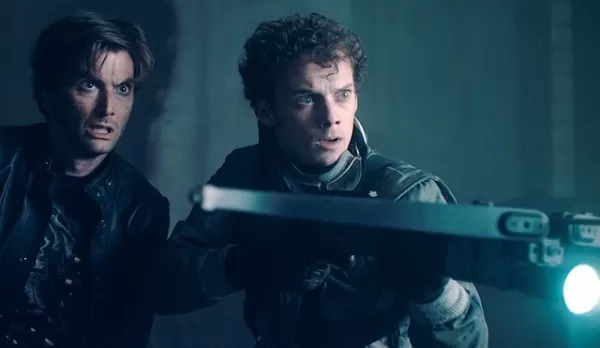
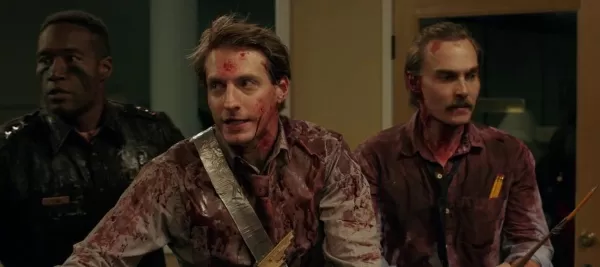
IGN: Both musical sequences are triumphs—how do they serve the narrative?
Coogler: They’re the heartbeat. Irish stepdance and blues both emerged as rebellion—stiff posture, coded lyrics—tools of resistance. When Remmick, an immortal outsider, recognizes himself in 1930s Black musicians? That’s cinema’s magic. I wanted 2025 audiences to feel that childlike wonder of seeing Jurassic Park’s dinosaurs for the first time.
Sinners Behind the Scenes
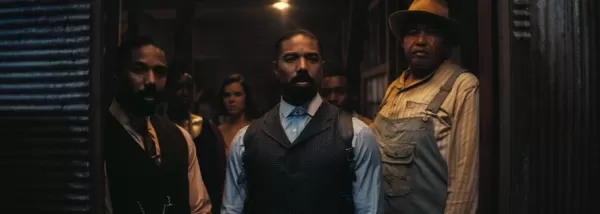
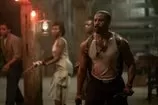
12 Images

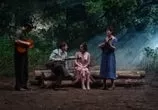


IGN: The juke joint’s single-take sequence feels transcendent—what inspired it?
Coogler: Cinema uniquely captures that "house-torn-down" feeling when virtuosos play. My job? Translate cultural context into visual language. These musicians—denied basic freedoms—created spaces where their grandchildren might one day dance. That’s timelessness.
IGN: The Irish folk climax delivers another stunning contrast.
Coogler: Exactly! Irish ballads mask sorrow with vigor—singing about ghouls while tapping ancestral trauma. Blues does the same: mourning through rhythm. Remmick hears both and thinks, These are my people. That realization? That’s why I make movies.

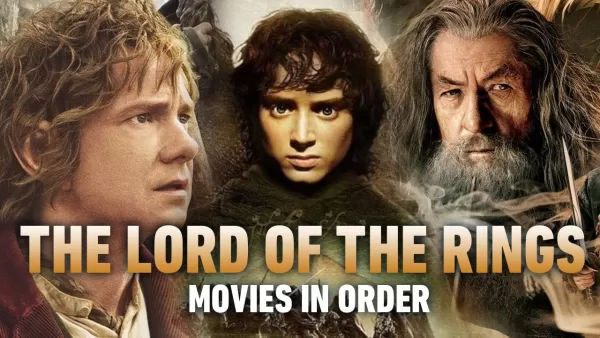




![Chubby Story [v1.4.2] (Localizations)](https://images.737c.com/uploads/85/1719638042667f981a5e9f8.jpg)


